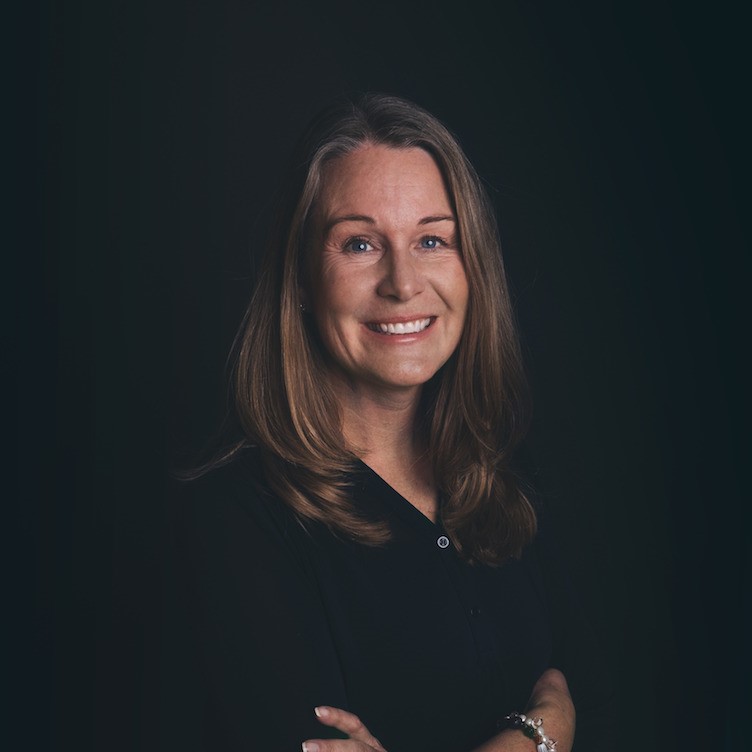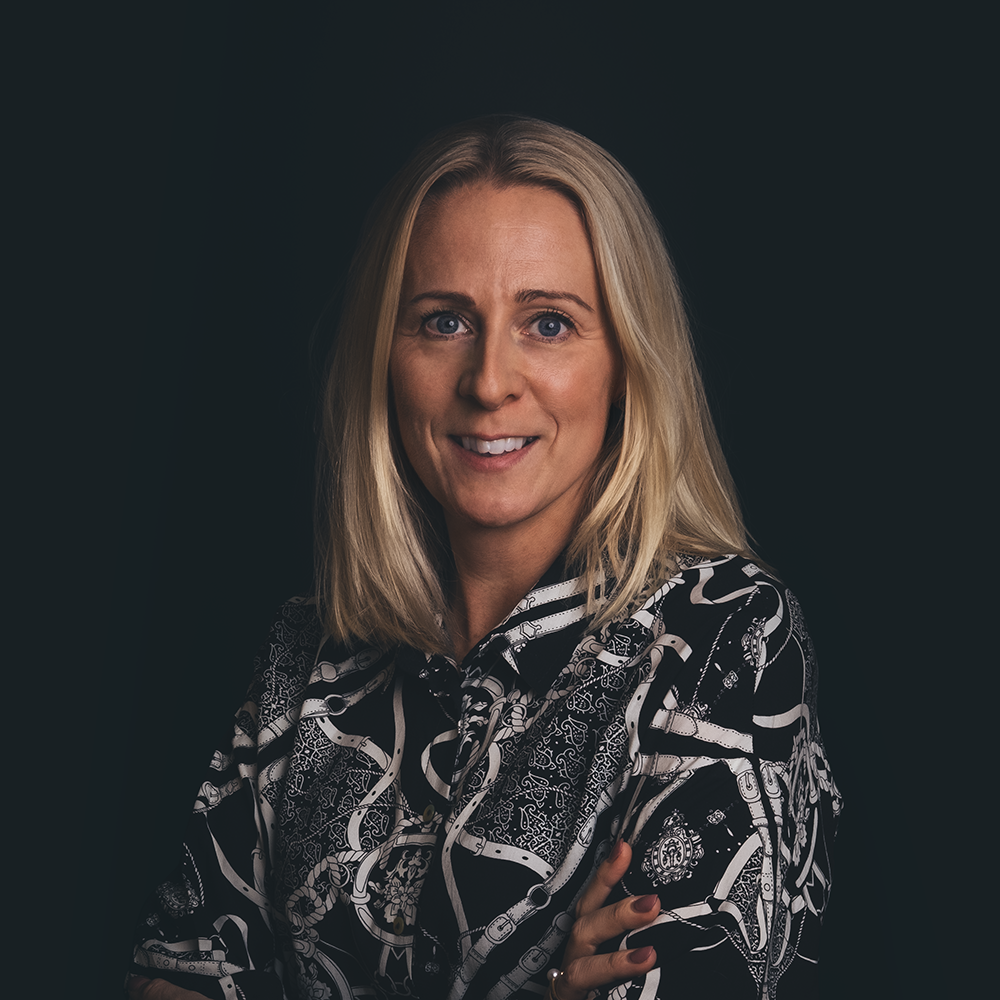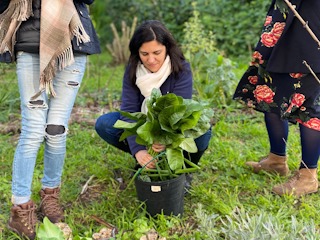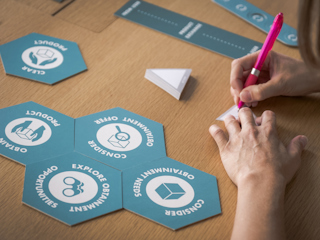A complex shift – How can you get the full picture?
A system change is needed to transform from linear to circular economy, and many companies want to follow the trend. The transformation is complex, and it is not enough to do one adjustment in your product chain. Performing Life Cycle Assessment (Golsteijn, 2020) or calculate the carbon footprint for the entire product journey is a good starting point to analyse where your product needs attention in the circular transformation. Choosing partners and making demands on suppliers is a part of the solution and where to start will be visible in the Life Cycle Assessment. The transition is complex, we need to stay humble and start with small steps, test & iterate, even if we need to get the full picture in the end.
Shifting responsibility from consumer to producer
The regulations that are in the making will be focused on shifting responsibility from the consumer to the producer. The responsibility for the product begins with the manufacturer, and we recommend businesses to start looking into this area now, before the law enter into force.
In France, requirements have already been implemented for manufacturers to provide the distributor with information on the availability or shortage of spare parts necessary to repair the goods. The information must then be passed down by the distributor to the consumer before the sale. (Coursiere-Pluntz, Petrignet, 2021).

Image: An adapted illustration of the Value Hill model (Circle economy, 2016).
Enabling the OwnerShift
Digital label is one way to track and reuse the product or reuse parts. Digital labels will enable for the user to see previous owners, get detailed care advice and ease reselling of the product. One example is HM pre-loved where you can re-sell your pre-loved garment. We also discussed to the opportunities of being able to follow the ownership as this can be a way to raise the status of the used product.
Data and personalization
One buzzword we might be tired of is personalization, but it is necessary in the circular transformation to collect and use customer data in a better way.
With circular business models, the products will be used for a longer period, the customer journey will be longer, which enables increased data collection. We get the opportunity to understand our end users even better and be able to present correct data at the right moment. But how do we get all this amount of data to correlate with sustainability? The trick is how to find a sustainable way to collect and store the right amount of data.
Valtech recommends collecting data to understand new types of user behaviour and present the right content at the right time for the users.
In terms of digital services, customers expect personalized offers. So, you need to collect the data needed to present the offers, delete the data when not needed anymore (minimizing storage) and be careful of the amount of content (=also data), especially data/energy consuming content presented in digital services.
Collaborations to turn waste to resource
Most businesses are setup for a linear economy. However, circular business models will require collaboration with companies beyond your eco system. Husqvarna, traditionally selling their garden products are now partnering with the gas stations of OK/Q8. A fantastic example how to experiment with a product as a service and reaching their customers at new point of sales, where the customers are likely to pass.
We want to encourage you to map your current business, find where you are currently wasting (time, unutilized products, money, competence,) and challenge your company to find new ways for waste to become resource instead.
At Valtech we recognize these challenges and can help you further. By understanding your customers’ needs, testing ideas, building prototypes and pilot projects your circular transformation becomes reality. Try innovative ideas in a smaller scale and scale up later, we have the tools and methods to help you move forwards. Feel free to reach out if you are interested in learning more about circular design and explore your circular opportunities together with us!


References and reading recommendations:
- Life Cycle Assesment: Golsteijn L., (2020). Life Cycle Assessment (LCA) explained, https://pre-sustainability.com/articles/life-cycle-assessment-lca-basics/
- New repairability regulations in France: Coursiere-Pluntz V, Petrignet N, (2021). Spotlight on Sustainability - Consumer Products Newsletter: Circular Economy: recent measures to enhance repairability of electric and electronic equipment on the French market, https://cms.law/en/int/publication/spotlight-on-sustainability-consumer-products-newsletter/circular-economy-in-france
- The Value hill model: Circle Economy (2016) Master circular business with the value hill, Utrecht, https://assets.website-files.com/5d26d80e8836af2d12ed1269/5dea74fe88e8a5c63e2c7121_finance-white-paper-20160923.pdf
- HM pre-loved: Have a look here
- Collaboration: Husqvarna & OK/Q8 Read more here





